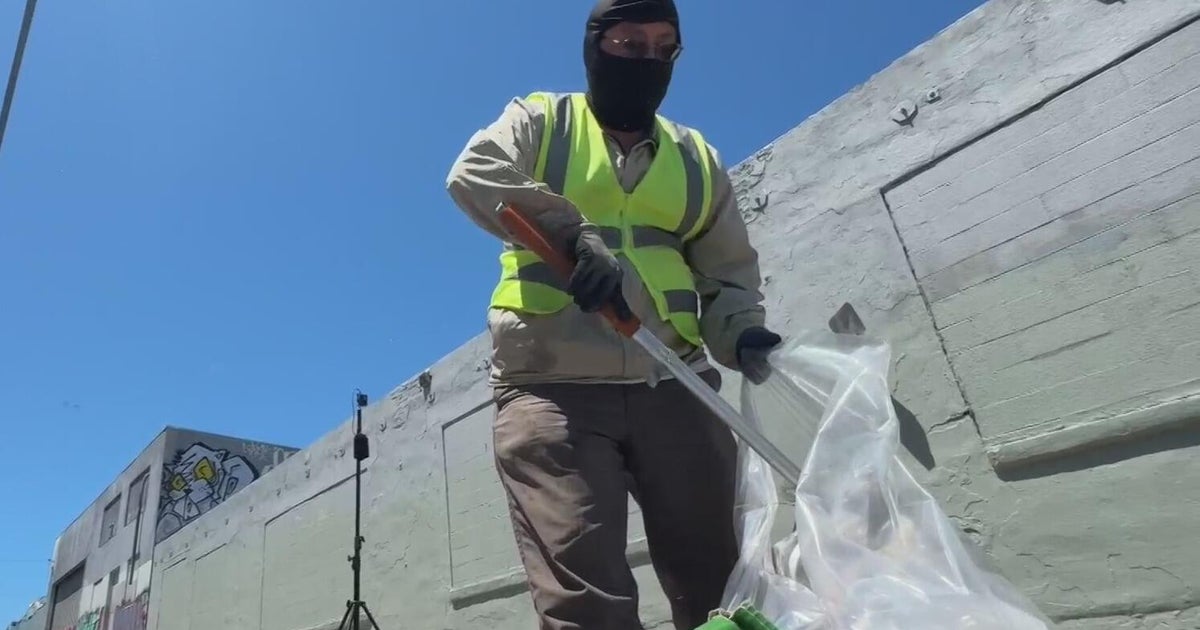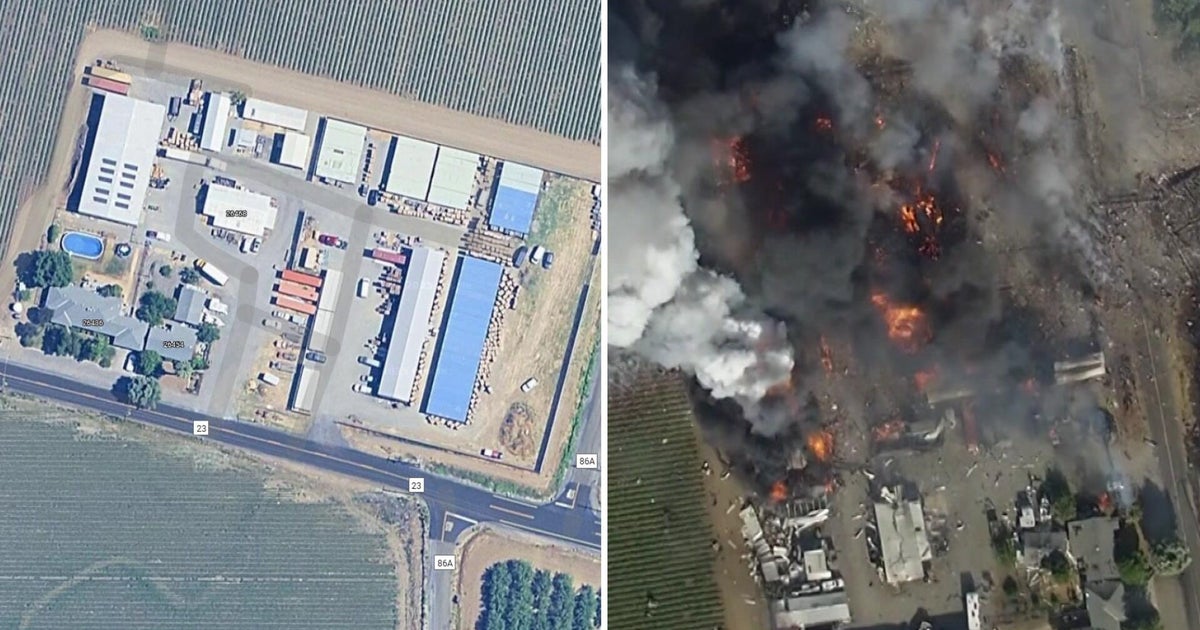Super Computers Predict Damage From Major Hayward Fault
LIVERMORE (CBS SF) -- Using some the world's most advanced high-speed super computers, Lawrence Livermore and Lawrence Berkeley national laboratory scientists have created the most realistic three-dimensional predictions to date of the damage from a magnitude 7 quake on the Hayward Fault.
Such an earthquake, the researchers said, would cause widespread damage to structures, transportation and utilities as well as economic and social disruption in the East Bay.
"This study shows that powerful supercomputing can be used to calculate earthquake shaking on a large, regional scale with more realism than we've ever been able to produce before," said Artie Rodgers, LLNL seismologist and lead author of the study.
The Hayward fault is a major strike-slip fault on the eastern side of the Bay Area. It is capable of generating magnitude 7 earthquakes and presents significant ground motion hazard to the heavily populated East Bay, including the cities of Oakland, Berkeley, Hayward and Fremont.
The last major rupture occurred in 1868 with a magnitude 6.8-7.0 event. Historical reports from the few thousand people who lived in the East Bay at the time indicate major damage to structures.
For East Bay residents, the simulations specifically show stronger ground motions on the eastern side of the fault (Orinda, Moraga) compared to the western side (Berkeley, Oakland).
Researchers said this results from different geologic materials – deep weaker sedimentary rocks that form the East Bay Hills.



